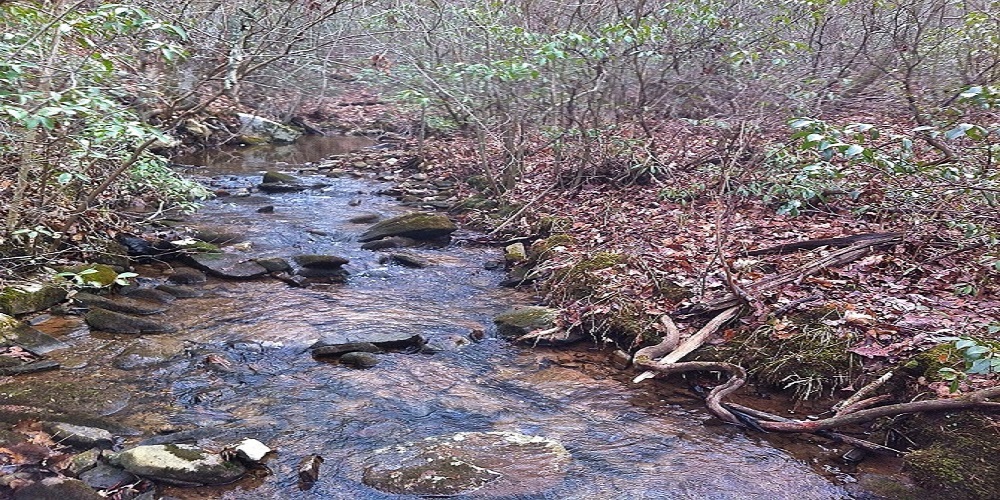
The Kittatinny Ridge traverses a 185-mile course through Pennsylvania, from the Delaware River to the Mason Dixon Line. Its waters supply hundreds of streams and rivers and 13 lakes and reservoirs. For the twelve counties along this corridor, Kittatinny Ridge is synonymous with abundant and unpolluted water. The availability of this resource affects the lives of hundreds of thousands of residents, creates jobs, and supplies farms, businesses, resorts, visitors, and tourists.
Estimates project that 100,000 more people will depend on these water resources in the next fifteen to twenty years. The State Water Plan entitled “A Vision for Pennsylvania’s Future” emphasizes stewardship of the State’s water resources and references the State Constitution as vesting a right to pure water and the values of the natural environment for all Pennsylvanians.
The natural system services of the Kittatinny Ridge influence the provision of plentiful, clean water to 3 of the top ten and 10 of the top twenty fastest growing counties in the Commonwealth of Pennsylvania. Population shifts, energy demands, farming practices, infrastructure management, consumer sophistication, tourism, national and state water policies, and climate change will all influence how water resources are managed over the next several decades. As growth continues, so does demand for energy, recreation, natural resources and food. As the Kittatinny Ridge takes up 30% of the land area of the 12 counties within the corridor, its critical role in integrated water resources management is immense.
The Kittatinny Ridge provides well-head protection and headwater protection to these 12 counties free of charge. What’s more, healthy watersheds that maintain protected riparian corridors are expected to be more resilient to the anticipated effects of climate change. When green infrastructure is connected with healthy habitat, these green corridors allow residents and businesses to realize the full potential and natural balance of Pennsylvania’s ecosystems and economy.
Investment in restoration provides between $7 – $12 return to the local economy for every dollar spent. Protecting our natural systems is even more ecologically and economically effective. Nature also provides a form of risk management or insurance: it has been providing these services 24 hours a day, 365 days a year for over 10,000 years. If nature is left to its own devices, it will likely continue to do so long into the future. It is difficult to have a strong economy without a healthy environment, plenty of open space and quality habitat. The Kittatinny Ridge does an excellent job of providing all three.
The recently rescinded riparian buffer policy and Pennsylvania’s lack of emphasis on well-head protection puts water resources at risk to current and future residents and businesses. Promoting strong conservation and forest protection along the Kittatinny Ridge is a critical hedge against inadequate and uncertain public policy. Our lack of strong water resource policies supporting strong integrated water resources management will have long-term negative effects on our quality of life, health, cost of living and economy. To counter this threat, businesses and conservationists can partner to ensure a better future. Many businesses recognize the value of a healthy environment. More investments in naturally smart business ventures that incorporate integrated water resources management will create a healthier environment and economy.
The State Constitution imposes a duty to conserve and to maintain public natural resources for this generation and generations yet to come. We all have a stake in the use, enhancement and stewardship of the water resources influenced by the Kittatinny Ridge.
